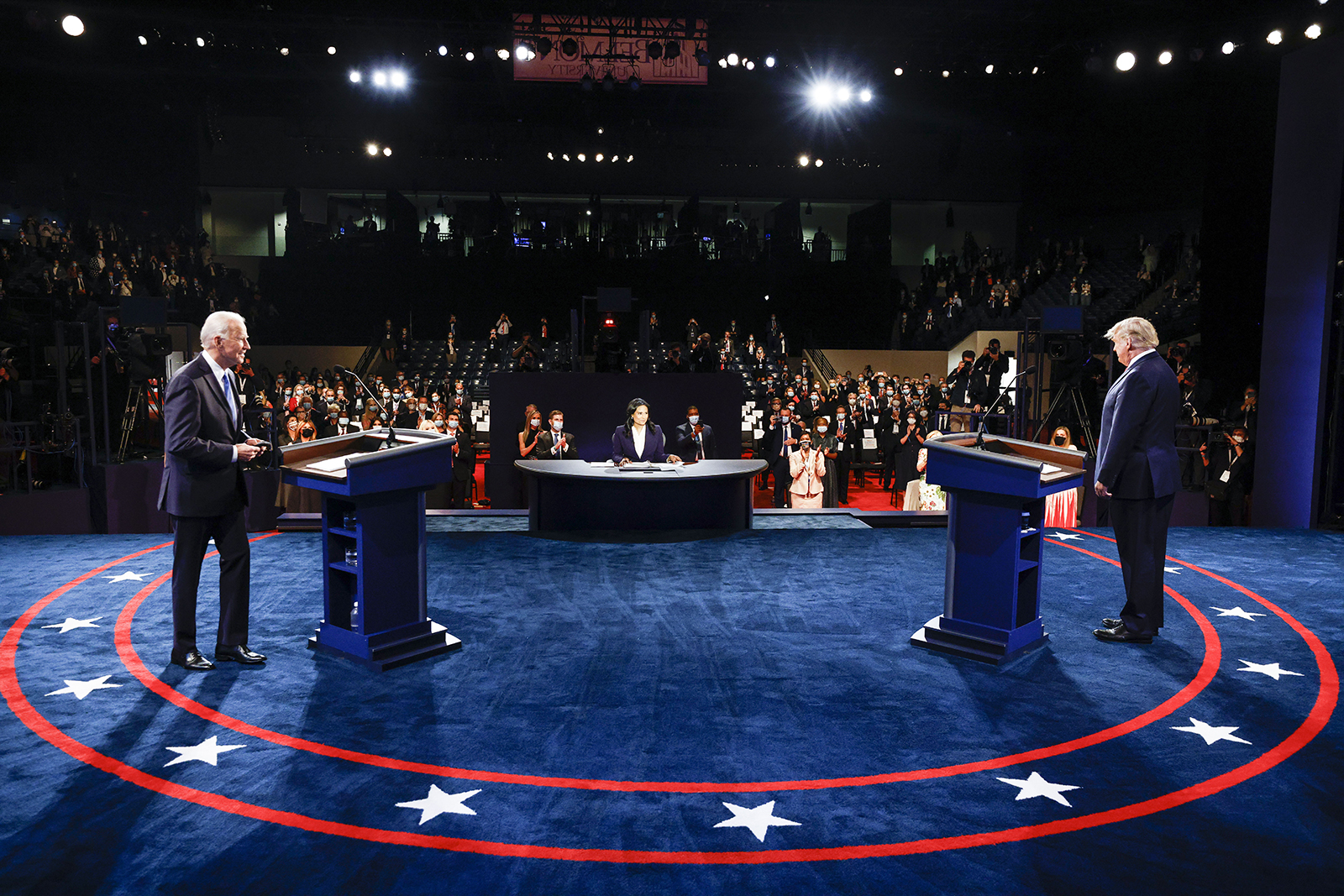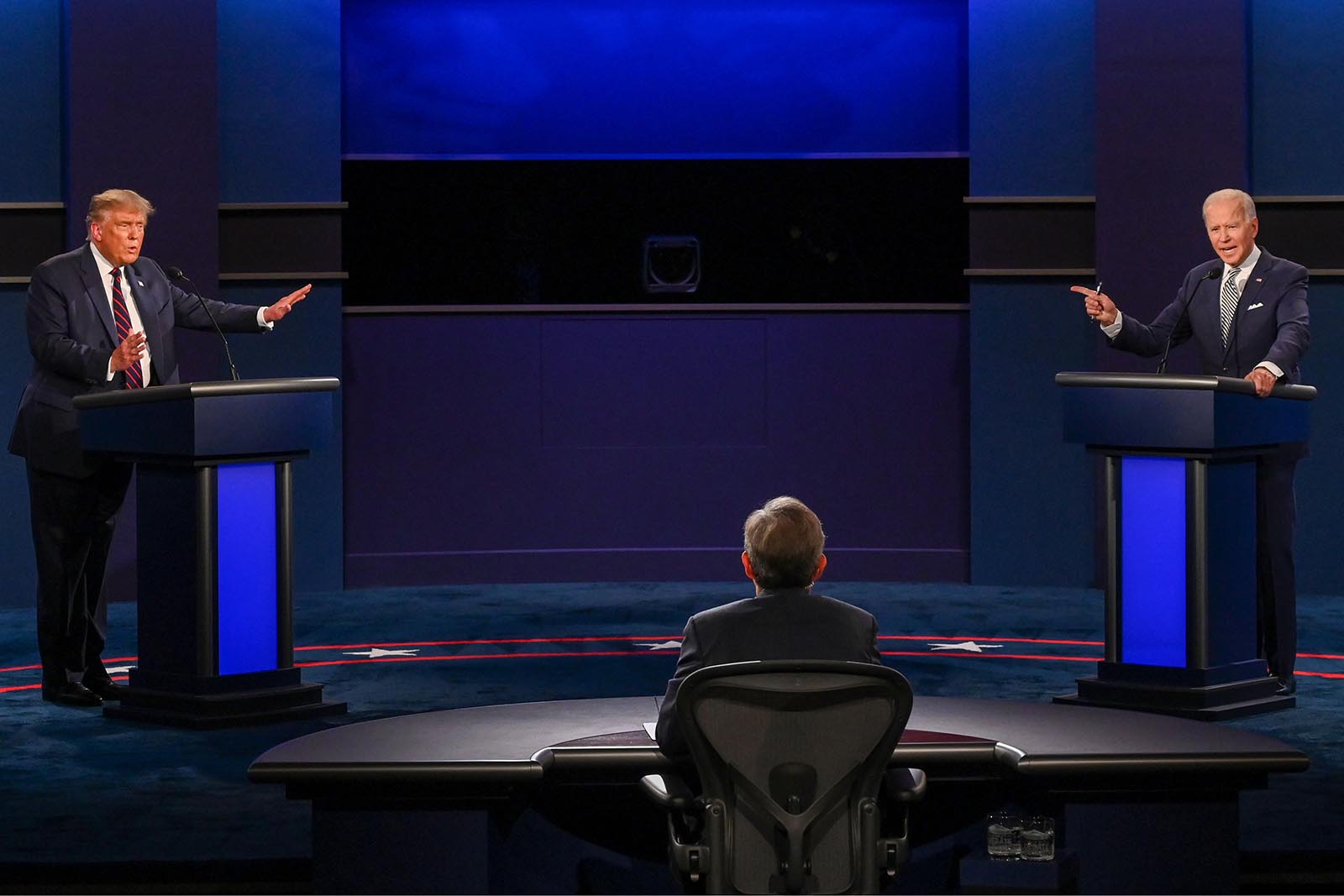Historical Context of Presidential Debate Times

The scheduling and timing of presidential debates have evolved significantly over the years, reflecting changes in media consumption, political strategy, and the broader social landscape. Examining this evolution reveals how debate times have influenced voter engagement and shaped the political landscape.
Factors Influencing Debate Times
The choice of debate times has been influenced by a complex interplay of factors, including:
- Media Consumption Patterns: The rise of television as the dominant medium in the mid-20th century led to debates being scheduled during prime-time hours to maximize viewership. As media consumption shifted to cable news and online platforms, the importance of traditional prime-time slots has diminished.
- Political Strategy: Candidates and their campaigns strategically choose debate times to maximize their advantage. For example, debates held earlier in the campaign cycle might benefit challengers, while those held later might favor incumbents.
- Social and Cultural Factors: Debate times have also been influenced by social and cultural norms. For example, the scheduling of debates around major holidays or sporting events can impact viewership.
Evolution of Debate Scheduling and Timing
- Early Debates (1960s): The first televised presidential debates in 1960 were held in the evening, reflecting the dominance of television as a news source. The debates between John F. Kennedy and Richard Nixon were landmark events, and their scheduling significantly influenced the public’s perception of the candidates.
- The Rise of Cable News (1980s-1990s): The emergence of cable news channels like CNN and Fox News led to a diversification of debate scheduling. Debates were increasingly held during non-prime-time hours, catering to specific audiences and political leanings.
- The Internet Era (2000s-Present): The advent of the internet and social media has further diversified debate scheduling. Debates are now streamed online and on multiple platforms, allowing for more flexible viewing options. This has also led to a greater emphasis on online engagement and social media buzz during debates.
Impact of Debate Times on Voter Engagement
The time of a presidential debate can significantly impact voter engagement.
- Prime-Time Debates: Debates held during prime-time hours typically attract larger audiences, as more people are available to watch. This can lead to increased public awareness of the candidates and their positions on key issues.
- Non-Prime-Time Debates: Debates held outside of prime-time hours may attract a smaller but more engaged audience, particularly those with a strong interest in politics. These debates can provide a more in-depth analysis of the candidates’ positions and offer a platform for niche issues.
Factors Influencing Debate Time Selection

The timing of presidential debates is a crucial element of the electoral process, significantly impacting audience engagement, media coverage, and ultimately, the outcome of the election. Several factors, both strategic and logistical, play a role in determining the most suitable time for these events.
Audience Demographics
The demographics of the intended audience heavily influence debate time selection. To maximize viewership, organizers consider factors such as:
- Working Hours: Debates scheduled during prime-time hours (typically 8-11 pm) are more likely to attract a larger audience, as many individuals are available after work or school. This is especially relevant for debates held on weekdays.
- Family Schedules: Weekends, particularly Sunday evenings, are often considered family time. Scheduling debates during these hours can cater to families who might prefer to watch together.
- Age Groups: Younger demographics tend to be more active on social media and may prefer later-night debates, while older audiences might prefer earlier times.
Media Coverage
Media coverage is another critical consideration when setting debate times. Organizers aim to:
- Maximize Network Coverage: Debates scheduled during prime-time hours are more likely to be broadcast live on major networks, ensuring maximum reach.
- Optimize Online Viewership: Debates held during peak online activity hours, often in the evenings, can maximize viewership on streaming platforms and social media.
- Facilitate Post-Debate Analysis: Scheduling debates in the evenings allows for immediate post-debate analysis and commentary on news channels and social media.
Campaign Strategies
Candidates and their campaigns play a significant role in influencing debate times. They consider:
- Candidate Availability: Debate times must align with candidate schedules, considering travel arrangements, other campaign events, and personal commitments.
- Strategic Positioning: Candidates may strategically choose to participate in debates at times that favor their own strengths or weaknesses. For example, a candidate with a strong record on foreign policy might prefer a debate focused on international issues.
- Target Audience: Candidates may prioritize debates at times that reach their core demographic groups, such as a late-night debate targeting younger voters.
Political Factors
Political considerations, including party platforms and candidate schedules, also impact debate time selection. These factors include:
- Party Platforms: Debates might be scheduled at times that highlight specific policy areas emphasized by a party’s platform. For example, a debate focused on economic issues might be scheduled during a period of economic uncertainty.
- Candidate Schedules: The schedules of both candidates must be aligned to accommodate the debate, taking into account travel arrangements, other campaign events, and personal commitments.
- Political Climate: The political climate, including current events and public opinion, can influence the timing of debates. For example, debates might be scheduled in response to a major political event or to address a specific issue of national concern.
Advantages and Disadvantages of Different Debate Times
Different debate times offer advantages and disadvantages for various candidates and their campaigns. For instance:
- Early Evening Debates: These debates can attract a wider audience, including families and those who prefer to watch earlier in the evening. However, they may not be as appealing to younger voters who are typically active later in the evening.
- Late-Night Debates: These debates can attract a younger audience, particularly those who are active on social media and prefer to watch late into the evening. However, they may not reach as many families or older viewers.
- Weekend Debates: These debates can attract a larger audience, as many people are available on weekends. However, they may not be as effective for candidates who need to reach working professionals.
Impact of Debate Time on Viewership and Public Discourse
The time at which presidential debates are held has a significant impact on viewership and the public discourse surrounding the election. Factors like primetime television viewing habits, audience demographics, and the potential for online engagement influence the decision-making process regarding debate times. Understanding how debate times affect these aspects is crucial for maximizing the impact of these important events.
Impact of Debate Time on Television Viewership
The time of day a presidential debate is held directly influences the number of viewers who tune in. Data shows a clear correlation between primetime slots and higher viewership numbers.
- For instance, the 2020 presidential debate between Donald Trump and Joe Biden, held at 9:00 PM EST, attracted a record-breaking 73.1 million viewers, significantly higher than previous debates held at earlier times.
- Conversely, debates held during less popular viewing hours, such as early evenings or weekends, typically see lower viewership figures.
This trend highlights the importance of considering primetime viewing habits when scheduling presidential debates to ensure maximum audience reach.
Impact of Debate Time on Public Discourse
Debate times also affect the flow of information and the public’s understanding of key issues.
- Debates held during primetime hours allow for immediate analysis and discussion on various news outlets and social media platforms, fostering a more dynamic and engaged public discourse.
- However, debates held later in the evening may limit the ability of certain demographics, such as working parents or individuals with early work schedules, to fully engage with the event and its aftermath.
The timing of debates can influence the accessibility and reach of information, potentially impacting the public’s understanding of the candidates’ positions on crucial issues.
Impact of Debate Time on Social Media Engagement, Presidential debate time
The time of day a debate is held significantly influences social media engagement and online discussions.
- Debates held during primetime hours, when people are more likely to be online, generate higher levels of social media activity, including tweets, Facebook posts, and online discussions.
- This heightened online engagement can contribute to a more dynamic and diverse public discourse, with individuals from various backgrounds and perspectives sharing their opinions and reactions.
- However, debates held during off-peak hours may see reduced online engagement, potentially limiting the reach and impact of the event on social media platforms.
The timing of debates can impact the online conversation surrounding the election, influencing the spread of information and the public’s perception of the candidates and their positions.
Presidential debate time is a critical moment for voters to assess the candidates’ vision and leadership. While the national spotlight shines on the presidential race, it’s also a time to reflect on the leadership happening at the local level. Mayor Tiffany Henyard, leading a city forward , exemplifies the dedication and innovation needed to address local challenges, providing a valuable perspective for those seeking national leadership.
Presidential debate time is a high-stakes event, filled with tension and anticipation. While the candidates spar over policy, the audience is often distracted by the unique and memorable experiences that come with attending these events. One such experience is the iconic beetlejuice beetlejuice popcorn buckets , which have become a symbol of the debates themselves.
These buckets, with their quirky design and nostalgic appeal, offer a lighthearted counterpoint to the serious nature of the debates, providing a moment of amusement amidst the political drama.

